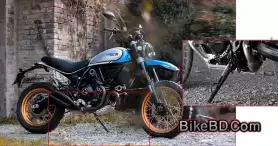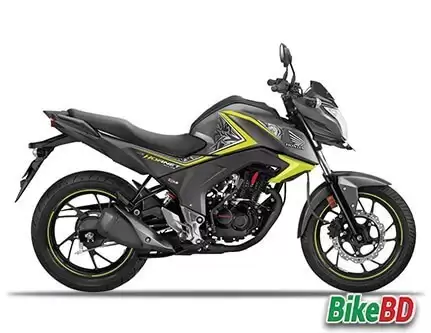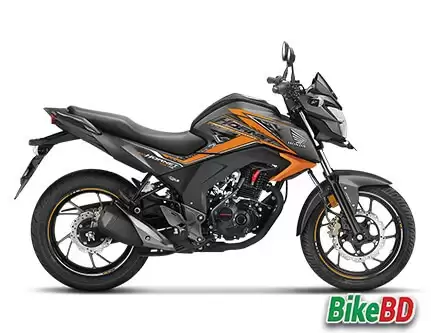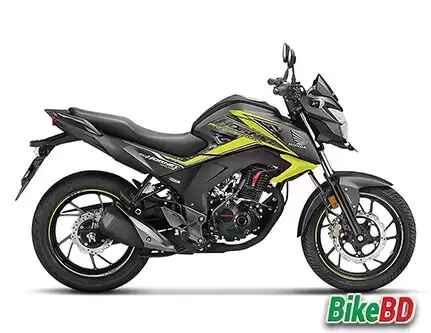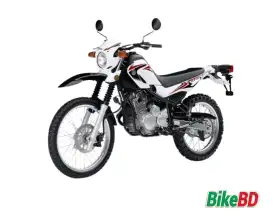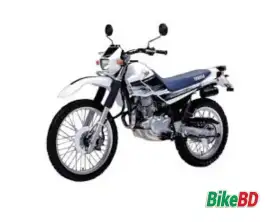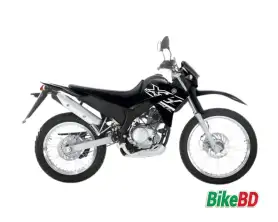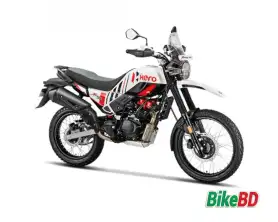Shares 2
How To Bleed A Motorcycle Liquid Cooling System – Cooling System Maintenance
Last updated on 01-Aug-2024 , By Saleh
A cooling system is a vital component of a motorcycle that helps to regulate the engine temperature, preventing it from overheating and maintaining it at an optimal operating temperature. The motorcycle cooling system comes in various types, including air cooling, liquid cooling, and oil cooling systems. However, liquid cooling is the most common in performance motorcycles and requires periodic maintenance, such as bleeding out the used coolant and refilling it with fresh coolant. In this article, we will describe the procedure for bleeding a motorcycle cooling system. Let's get started.
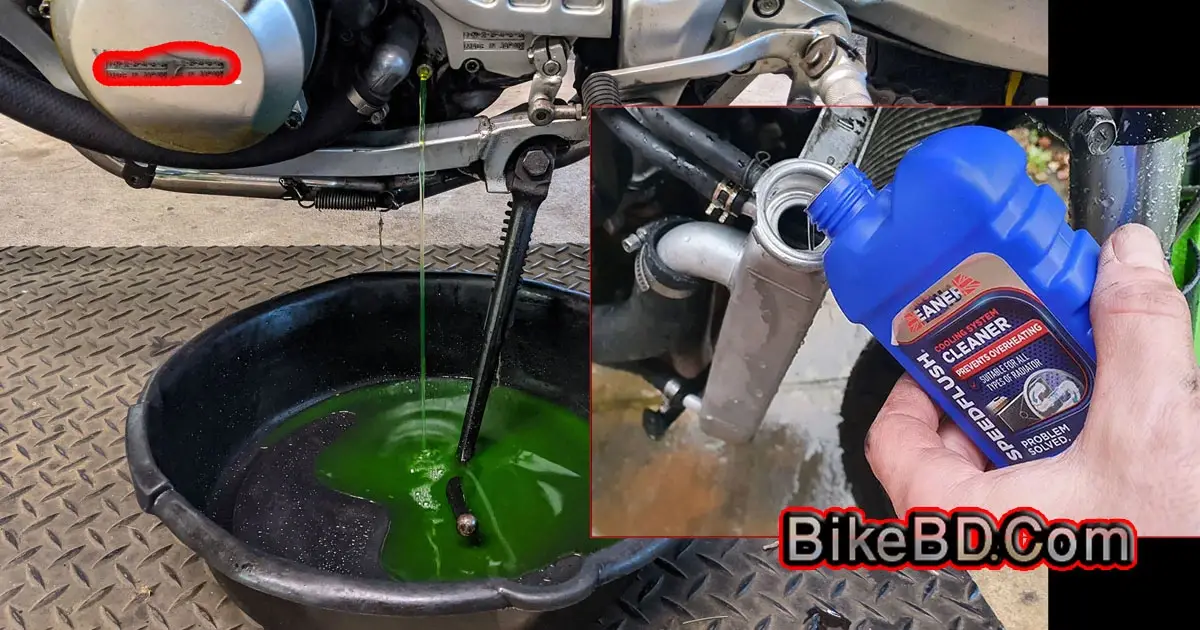
How To Bleed A Motorcycle Liquid Cooling System?
Speaking specifically about liquid cooling systems, they are the most popular and common type of cooling system found in modern high-performance motorcycles, as well as in four-wheelers. However, regular maintenance of the motorcycle's liquid cooling system is an important task directly related to the motorcycle's engine's health.
In a liquid cooling system, coolant circulates through the engine, absorbing heat from its various components, and then transferring that heat to the radiator. As air passes through the radiator, it cools the coolant, which is then recirculated back into the engine. This continuous process helps to maintain the engine temperature within a safe and efficient range.

Performing regular maintenance on the motorcycle cooling system is essential for keeping the engine running smoothly and preventing overheating issues that can lead to engine damage. This includes tasks such as checking coolant levels, inspecting hoses for leaks, ensuring proper airflow through the radiator, and confirming the functionality of the cooling fan. Additionally, it is necessary to drain out the old coolant and refill the system with fresh coolant. And here we described a brief of the entire process.

Bleeding Process Of Coolant From A Motorcycle Cooling System
Before you begin the process of bleeding the coolant from your motorcycle's cooling system, it's important to gather the necessary tools and materials. Make sure you have the following items ready: the recommended type of coolant in the correct volume, a funnel, a drain pan to collect the old coolant, a screwdriver or wrench set, cotton rags, safety gloves, goggles, and any other relevant materials.
Next, park your motorcycle on a level surface, either on a center stand or a paddock, ensuring you have ample light and sufficient airflow. It's crucial that the motorcycle and all the components of the cooling system are completely cool. In the meantime, it's advisable to consult the owner's manual for specific motorcycle models, as each model may have a unique cooling system configuration. However, proceed to locate the cooling radiator cap, drain nut, and reservoir.
To begin the draining process, first, open the cooling radiator cap and reservoir cap of the motorcycle cooling system. Place a drain pan underneath the drain nut, which is typically located at the lowest part of the cooling channel, often beside the coolant pump attached to the engine. Unscrew the drain nut and allow the coolant to drain completely into the drain pan. Once drained, tighten the drain nut securely.
If necessary, you can use a recommended cooling system flusher to clean the entire cooling system. Then, refill the entire cooling channel with fresh coolant. Use a funnel to pour the new coolant into the motorcycle's radiator and designated coolant reservoir. Leave the reservoir cap and radiator cap open, start the motorcycle, and let the engine idle. This will help circulate the coolant throughout the entire system and expel any air bubbles through the radiator cap or reservoir cap.
Once you are ensured that the entire cooling system has been properly circulated with fresh coolant, refill the radiator and reservoir again to the recommended levels. Close the radiator cap and reservoir cap firmly. Reinstall any panels that were removed during the draining process and remember to clean any spilled coolant from the motorcycle to prevent color fading or rusting of metal parts.
So, you have completed the bleeding process of your motorcycle's cooling system. Remember to dispose of the collected coolant safely, following the regulations specific to your area. Regularly checking and bleeding the cooling system helps prevent overheating issues and prolongs the life of a motorcycle's engine. Therefore, follow this process and enjoy your rides with a well-maintained cooling system.
T
Published by Saleh

